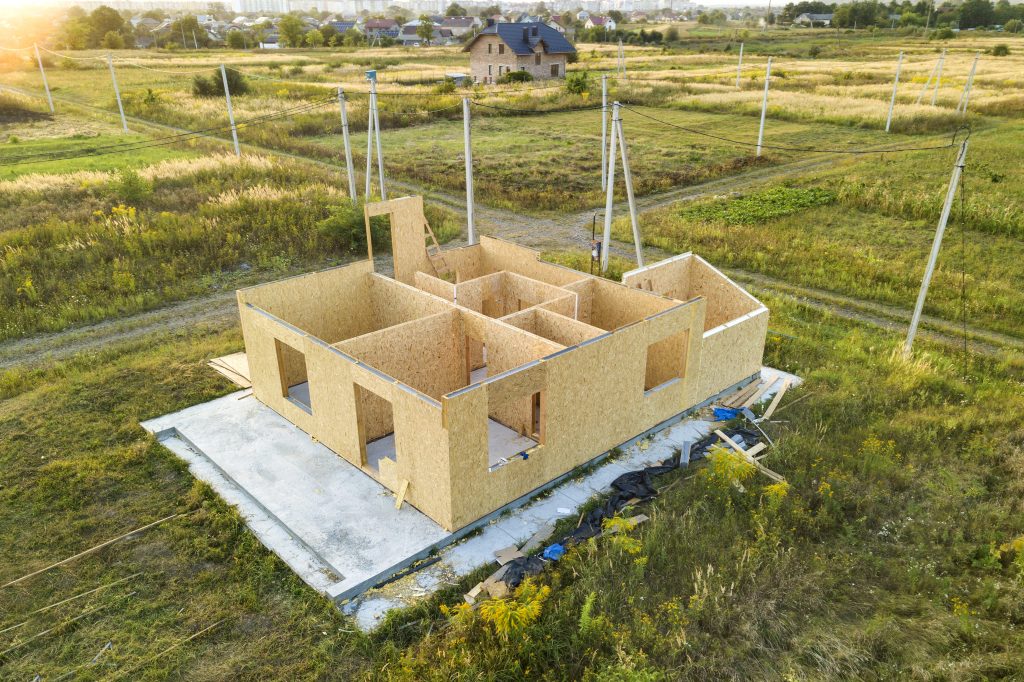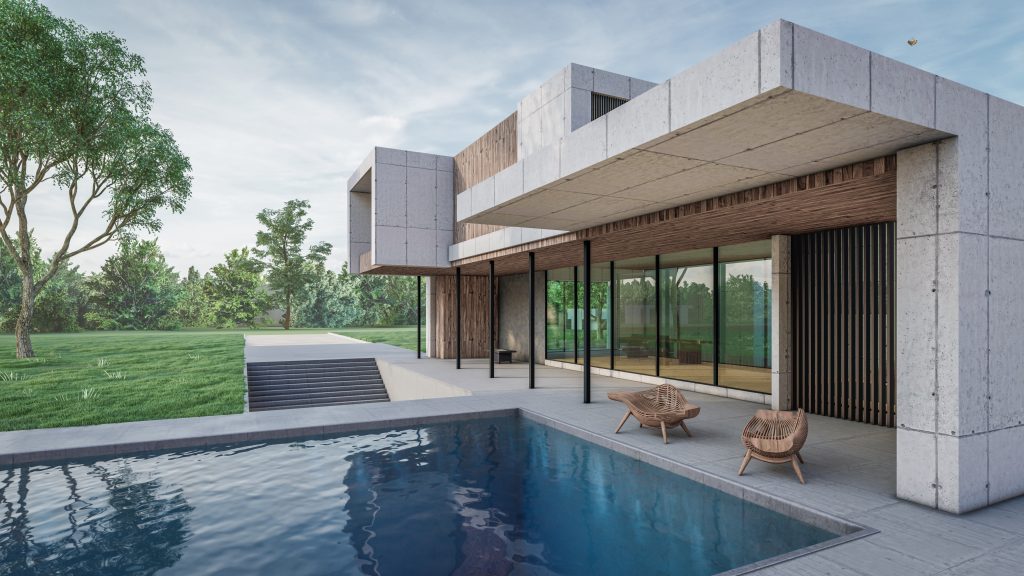Innovative technologies are the driving force in the building and design industry’s evolution. Rapid advancements have disrupted the norm and leaders must keep up with the latest innovations to avoid falling behind. Construction practices are traditionally known for manufacturing by hand, but this method is continuously being updated by the latest technology. This has both shifted the traditional methods of manufacturing and also paved the way for innovation in building and design. So, what can we expect for the future of the building sector? Read about these three building technologies that are changing the industry below:
Bamboo leaf ash in concrete
Concrete is the most used man-made material in the world. About 10 billion tons of concrete are produced annually, making it the second most consumed substance, after water. While concrete is efficient, strong, reliable, and extremely versatile, producing it is harmful to the environment. Even though the carbon produced during manufacturing is relatively small, the sheer amount of production results in a million metric tons of carbon dioxide being produced annually. Much of this pollution comes from cement production, which releases 0.94 tons of carbon dioxide for every ton of cement produced. This issue led to extensive research for a solution and resulted in supplementing concrete with bamboo leaf ash.
Bamboo leaf ash is used as a partial cement replacement due to its high silica content and amorphous nature. It’s created from the combustion of bamboo leaves and oxidizes with calcium hydroxide to save extra calcium silicate hydrate, the main element found in cement. Since the availability of traditionally used cement is expected to decrease in the future, bamboo leaf ash provides a sustainable alternative. In addition, it allows developing countries to utilize alternative materials for concrete production. According to the Open Construction and Building Technology Journal, “Application of this waste [bamboo leaf ash] as cement replacement not only reduces the economic and environmental problems associated with the waste disposal but also reduces CO2 emissions during cement manufacture, which requires extreme heat.” This alternative is an attractive supplement in concrete production that saves construction costs, eliminates environmental hazards, and improves the performance of concrete.

3D Printing
3D printing has become increasingly popular in recent years. Designing Buildings describes 3D printing as “the computer-controlled sequential layering of materials to create three-dimensional shapes.” The sales of 3D printers have grown rapidly since 2005. According to 3D Printing: Overview, Impacts, and the Federal Role – FAS.org, “19,285 industrial 3D printers and 591,079 consumer 3D printers were sold in 2018.” This is more than double the amount sold for industrial printers in 2012, and six-fold the number of consumer printers sold. This growth has been advancing systems used in construction. Today, 3D printers can create anything from construction components to entire buildings. For example, Chinese firm Qingdao Unique Products Develop Co built the world’s largest 3D printer and created a seven-meter high “Temple of Heaven.”
The high potential of 3D printing in construction has made this technology an attractive tool in building. The architecture and building industry is uniquely positioned to utilize 3D printing in its everyday creation. This is because the information needed to create a 3D-printed component already exists from the design process, and architects and engineers have existing experience in computer-aided manufacturing. 3D printing allows architects, builders, and designers to get a more realistically scaled model than ever before. This ability can uncover problems and opportunities in designs before beginning construction.
Prefabricated panels
Panelization is the process of building various components of a structure off-site (like foundations, walls, and staircases) and then assembling it on-site. Panelization was first introduced by William J. Levitt post-World War 2 in the form of modular housing, but received little interest from the industry at the time. Fast forward to today, and panelization is becoming an increasingly common practice adopted by many major builders across the nation.
The recent popularity of panelization sprung from the improved quality of panelized material due to new manufacturing techniques and numerous advantages to building different elements in a factory before transporting materials onsite. For example, according to Plunkett Research, “A foundation can be poured and cured indoors, thereby eliminating the need to wait for good weather at the home site. Substantial savings in construction time are a plus, and panelization also addresses the problem of the scarcity of skilled laborers in many areas.” Due to its convenience and efficiency, panelization is seeing increased usage in construction.
From this evolution, it’s clear that sustainable building and design practices are constantly evolving as technology provides new opportunities. These advancements have impacted nearly every aspect of modern life and the construction industry is no exception. Innovative technologies demonstrating a shift in the industry toward alternative materials, new methods of creation, and increasing efficiency.



